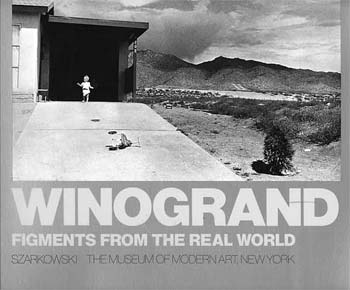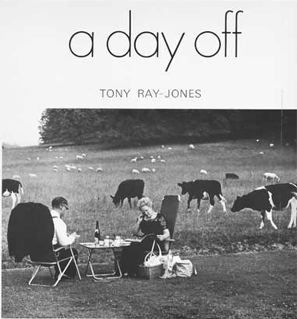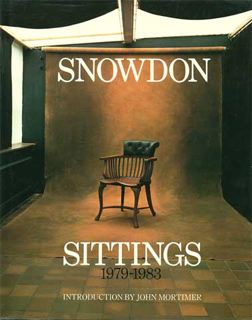Book review

The old dictum has it that “If you having nothing good to say, say nothing, so I will earnestly struggle to say something good about Garry Winogrand’s street photography. I purchased my copy of this book in June, 1992 and, amazingly it remains in print. I return to it earnestly every year or two trying to see what the famed critics who all gush over Winogrand’s work are going on about.
True, some of the early work here is not bad, capturing the feel of 1950s and ‘60s America. Where a set piece is involved, such as a night club or an event or a zoo, in other words somewhere where Winogrand could actually be bothered to make the slightest effort at framing the picture, then indeed there is some good photography. The many pictures from the night club El Morocco are exemplars of their kind and the zoo pictures are poignant and thoughtful.
But the overall feeling I always come away with from my repeated occasional marathons through this book, is that, well, the photographs are, for the most part, surpassingly ugly. In his gushing essay on the photographer’s work John Szarkowski nonetheless pulls no punches between the lines. Take a look at the contact sheet of Winogrand’s street shots in 1961 (vital, involved, he actually bothered to raise his camera to eye level in a few) with the one from 1982. Sorry, the latter is pure garbage. The other way in which Szarkowski takes a side swipe at Winogrand’s work is in reciting some mind numbing statistics about Winogrand’s prodigious use of film during his Los Angeles period, 1979-1981. In that time, Winogrand processed 8,522 rolls of 35mm film with another 5,000 or so rolls taken but not proofed. Half a million pictures in 2 years. That’s 20 rolls a day. Can you wonder his contact sheet from this period is rubbish? Judging from the 1982 contacts he just walked the streets frantically pressing the button all the time without looking for or at a subject. Well, I suppose Kodak loved him.
By all means get the book to see the work of an American icon. Just don’t expect too much.
Update May, 2019: Sad to report but Winogrand also wasted money on color film stock.



